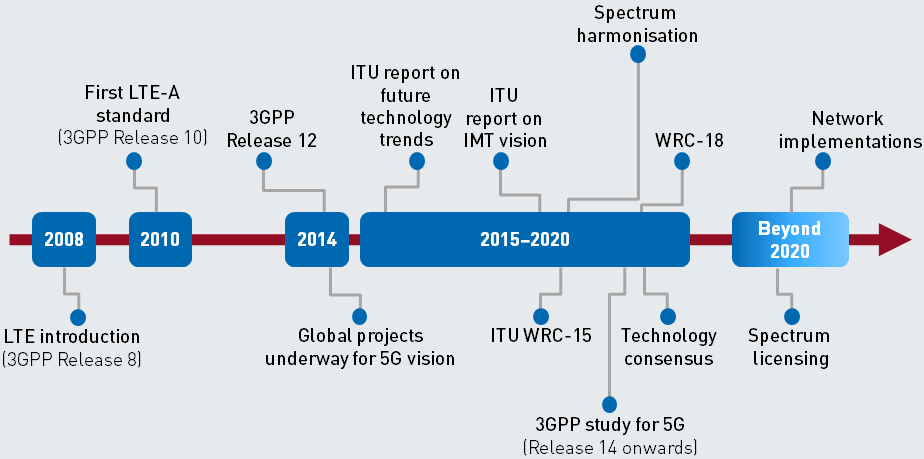
By Olayinka Oduwole
In my previous piece on 5G, I mentioned the use of Network Slicing, Network Function Virtualisation (NFV) and Software Defined Networking (SDN) as possible technologies to achieve virtualization and softwarisation within the core of the 5G network. The softwarisation of the 5G network has in essence triggered the development of new business models for 5G which were not possible using the architecture of previous cellular generation. For example, Network as a service, Radio as a Service etc. are services that can be offered due to the virtualized environment. Here, I delve a bit about the use of Network Slice as a tool to aid the development of new business models for 5G.
A network slice is simply an end to end logical network running on a shared physical infrastructure. It offers a way to deliver services with different requirements within the same physical infrastructure in a 5G network.
Tekedia Mini-MBA edition 16 (Feb 10 – May 3, 2025) opens registrations; register today for early bird discounts.
Tekedia AI in Business Masterclass opens registrations here.
Join Tekedia Capital Syndicate and invest in Africa’s finest startups here.
5G is typically classified in terms of ultra-high bandwidth, ultra-reliable and low latency and Internet of Things (IoT) applications. For example, a remote surgeon may require low latency to aid his surgical procedure whereas a customer with AR/VR technology may require ultra-high bandwidth to download a TV broadcast. These service requirements are different and can be uniquely delivered on network slices tailored to the needs of the consumers.

Network Slicing has also given mobile operators the opportunity to differentiate their offerings into Network connectivity, where connectivity services such as bandwidth, latency, coverage, mobility etc. are offered to the client and Network resource services, where other resource are offered to the client as services in the form of Big Data analytics, Edge Computing, Cloud Computing, Localisation, Security etc., as highlighted by GSMA.
Slicing can either be vertical or horizontal. Vertical slicing refers to the development of slices to serve the different requirements of the industries (often referred to as verticals). For example, using the example of the automated car above, vertical slicing implies that a slice would be created to meet the entertainment needs within the car and another slice for assisted driving. Horizontal slicing, on the other hand, implies developing slices to meet the needs of individual machines or users. For example, a horizontal slice could serve the need of a consumer in a smart home as well as sensors within a smart industry. For a horizontal slice, the service requirements are the same but requested by different clients.
The use of Network Slicing also presents a challenge when the client roams from its home network to an international network. How do you guarantee that the client enjoys the same quality of experience whilst having access to the tailored slice for his/her application? In order to overcome this challenge, three options have been recommended by GSMA below:
- The International network issues a globally agreed slice to the customer.
- The International network issues a slice similar to the slice used in the home network.
- The Home network request for permission of control of the resources of the international network to provide a slice with the same functionality as previously offered within the home network.
5G is expected to act as the backbone for a variety of verticals ranging from healthcare, manufacturing, consumer applications, transportation, logistics, energy, environment, construction etc. These verticals have a myriad of requirements; hence a one size fits all network architecture would not work. Network Slicing thus offers the opportunity to develop a flexible, agile and elastic network which is able to meet the demands of the verticals on the fly; thus encouraging the development of new business models which help justify the investment in 5G networks.



